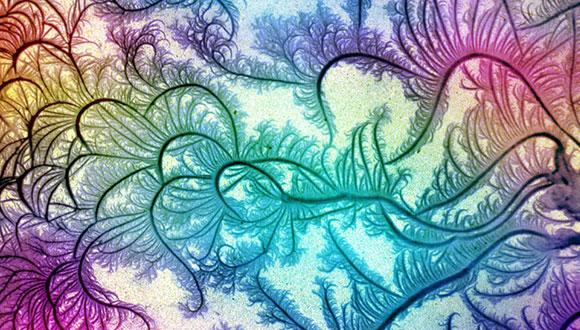Condensed Matter Physics Seminar: Electronic Correlations in 1D InAs Nanowires with Strong Spin-Orbit Coupling
Rafi Hevroni, TAU
Abstract:
Extensive theoretical and experimental research has been devoted to onedimensional (1D) InAs and InSb semiconductor nanowires (NWs) over the past few years. Such NWs, when put in proximity to a superconductor, are expected to host Majorana topological states due to strong spin-orbit coupling. One of the main features in such 1D wires is the existence of ballistic helical states which are theoretically predicted to exhibit nonmonotonic conductance steps of size G0 = e^2/h as the electron density is varied by the gate voltage. Although many attempts have been made to measure these conductance steps, they have not been observed yet in either InAs or InSb NWs. This indicates that disorder plays an essential role, preventing the motion of the electrons between the contacts from being ballistic. 1D electron-electron interactions, described by the Luttinger-liquid (LL) model, amplify the role of disorder, causing the conductance to vanish at zero temperature. In this talk, I will present experimental studies of electronic transport in disordered InAs NW at low temperatures over a wide range of electron densities. At very low densities the transport is governed by Coulomb blockade, and at relatively high electron density by sequential tunneling through a series of barriers present in the disordered NW. In both regimes the conductance is strongly affected by electron-electron interactions. I will present the analysis of the temperature dependence of the conductance and of the line shape of the resonant tunneling in the Coulomb blockade regime, within the framework of the existing LL theories, which allows deduction of the corresponding LL parameter g. I will show that in InAs NWs the effective LL parameter reaches a value of less than 1/2, leading to a decrease in the Coulomb blockade peak to valley difference as the temperature is reduced. I will discuss possible mechanisms leading to these strong correlations.
Seminar Organizer: Dr. Eran Sela


